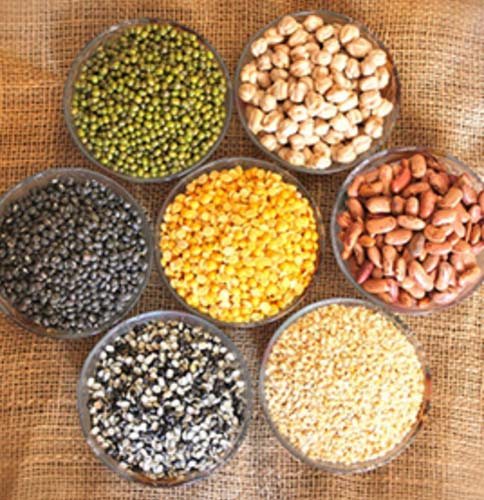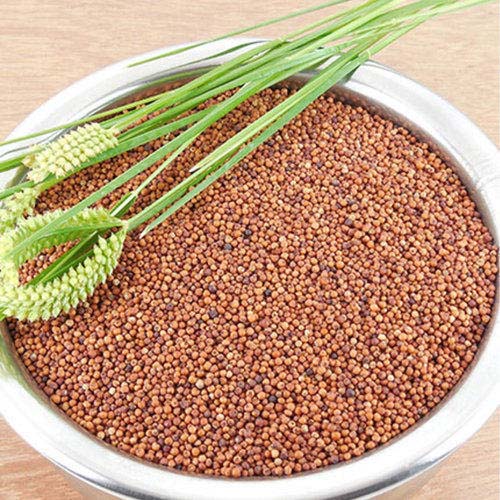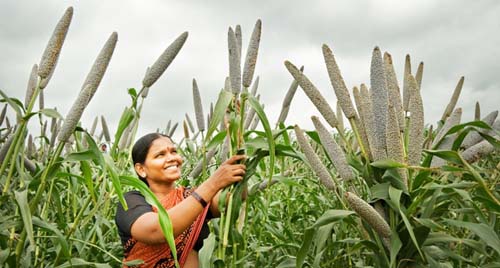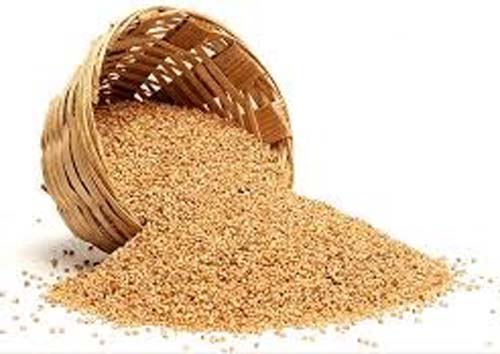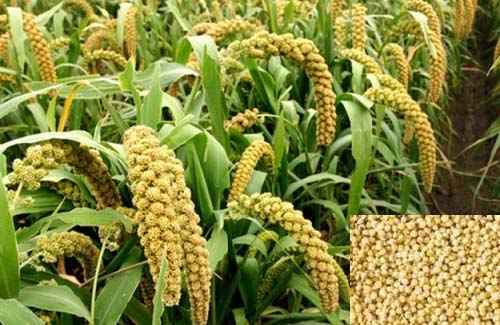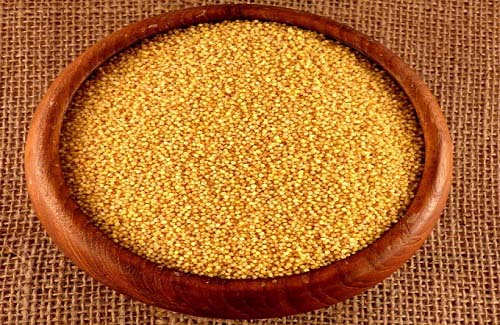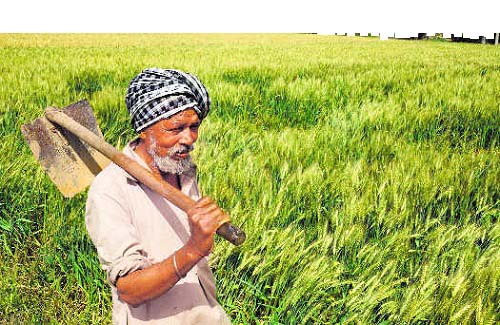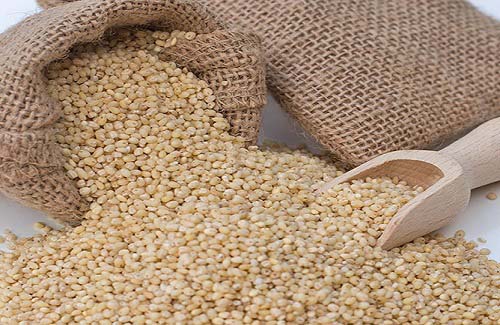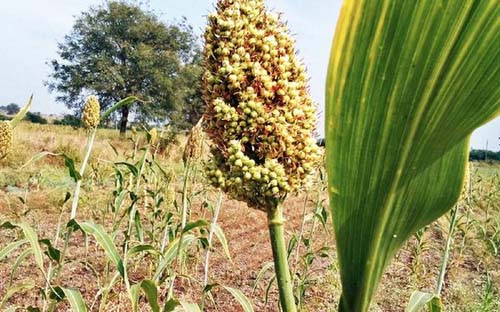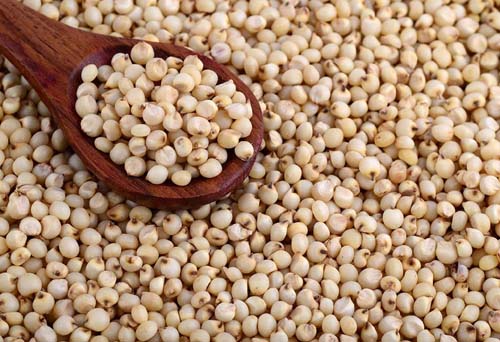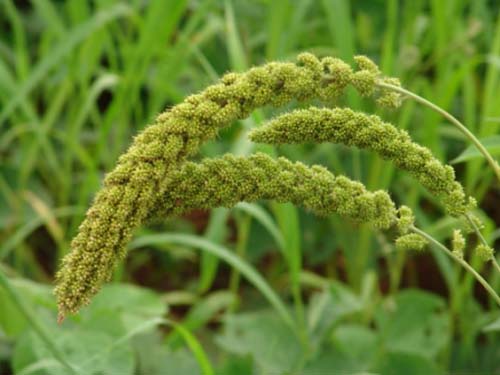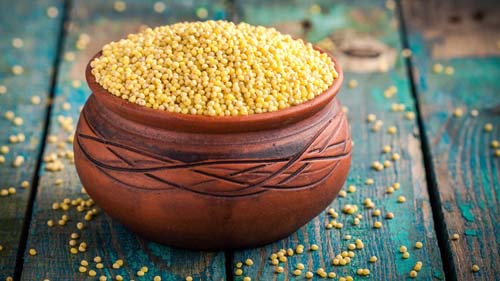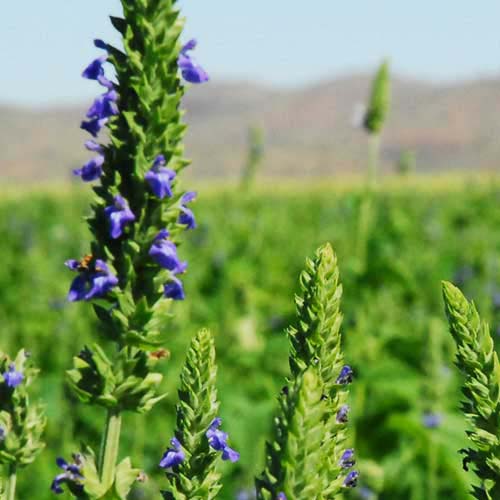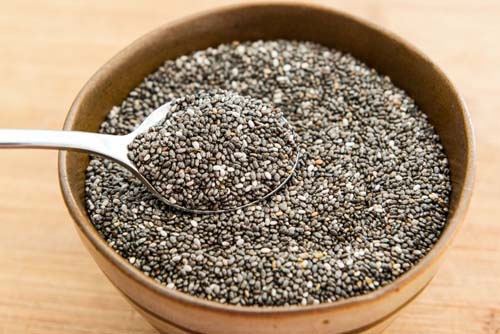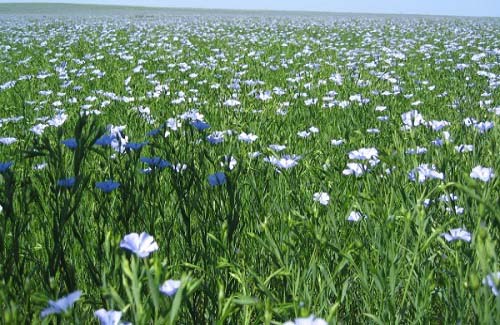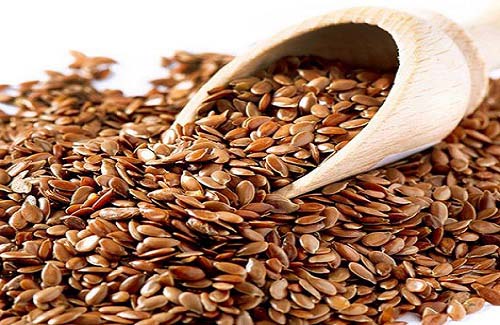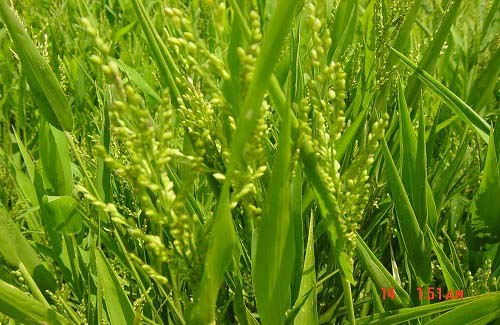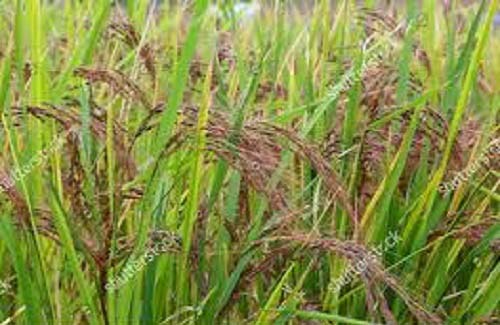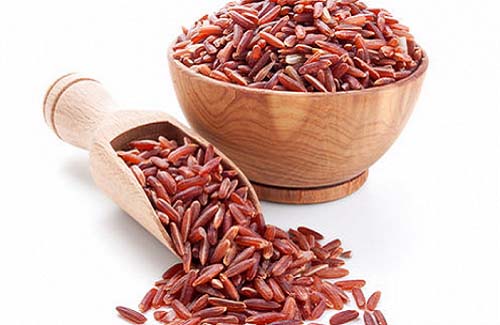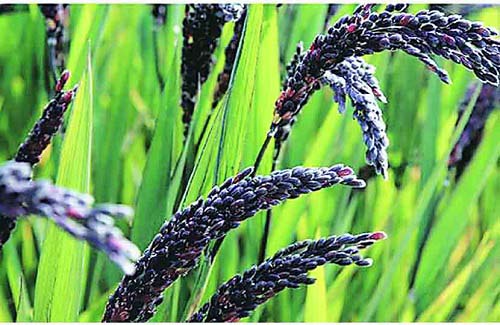

Millets are store house of nutrition. Millet may not be the most common type of seed crop that you’re expecting on your table, but in fact, this group of highly variable seeded grasses are cultivated throughout the world, both for livestock feed and human consumption. It is mainly grown in developing countries, but its quick growing season and ability to grow in relatively harsh, arid, dry environments makes it an ideal crop for many countries. In terms of history, millet likely originated in Africa, but then spread through Asia and the Middle East as early as 10,000 years ago, as it seems that millet was already quite spread out by that point in ancient history. Their reliability to survive harsh conditions made them the perfectcrop, and they are still preferred for that reason today.
These small grain plants are primarily produced in India, who cultivates over 8 million tons every years, followed by a number of larger African countries and China. Millet can be used as a traditional cereal, but can also be used in porridge, snacks, and other breads, as it is very high in starch, like most other grains. Millet is also a very good source of nutrients, vitamins, minerals, and organic compounds that can significantly boost human health in various ways. It is receiving an additional boost of attention in recent years, as Celiac disease seems to be a larger and more well known condition. Millet is gluten-free, so Celiac sufferers can turn to millet as their source of grains. In terms of basic food staples that are praised as the simplest and most valuable additions to diets around the world, millet provides the most energy, as well as the most fat and B-vitamins. Health Benefits of Millet Grain
1.Before you think that millets are just an alternative to regular cereal grains, we let you in on the health benefits of millets. Similarly, millets for weight loss shouldn’t be the only thing you should be searching for!
2. Millets are as nutritious as Fruits and Vegetables We aren’t pitting one food group against the other but this is what research has to say. Scientists from Cornell University have found that millets are not any lesser than fruits or vegetables in their antioxidant activity.
3.According to their research, most of the studies have explored the ‘free’ forms of antioxidants seen amply in fruits and vegetables. But the difference is that these antioxidants in millets are in the bound form which needs to be released on fermentation by bacteria. Thus the health benefits of millets are at par with vegetables.
4. Millets help to prevent Gallstones Studies have shown that consuming foods high in insoluble fibre has the ability to prevent the occurrence of gallstones. The Nurses Health Study found that people eating both soluble and insoluble fibre reported 13% lower risk of gallstones. However, those who ate more of insoluble fibre reported a greater risk reduction in the occurrence of gallstones that is around 17%. So you can eat the millet grain to prevent gallstones in the future.
